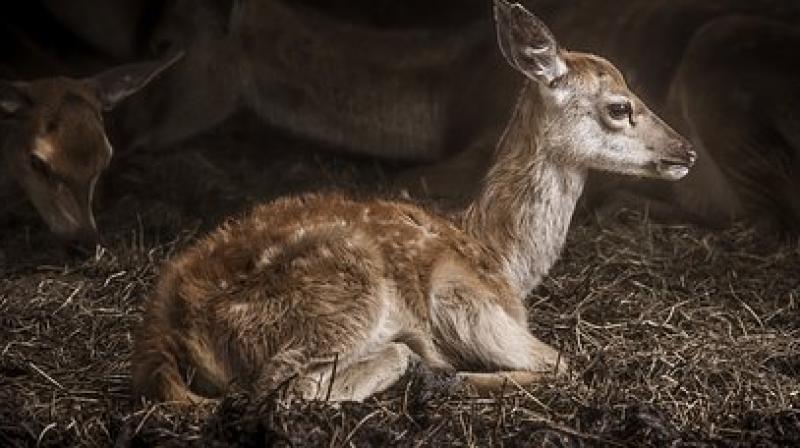Rare deer species that lives an additional half-century
Rare deer found alive even after extinction.

Washington: A recent study has found that a rare deer species from Thailand may have lived for at least an additional half-century after it was added to the extinction list in 1938.
Researcher Gary Galbreath, professor of biological sciences at North-western University's Weinberg College of Arts and Sciences, found that after the wild population died out from overhunting in 1932, the last known Schomburgk's deer died in captivity six years later.
According to the study published in the journal of the 'Bombay Natural History Society,' a trucker in Laos discovered a set of antlers, seemingly in fresh condition, in the early 1990s. He then gave the antlers to a shop in the northern Laos province of Phongsali.
In February 1991, the United Nations agronomist Laurent Chazee photographed the antlers. Galbreath and his collaborator GB Schroering recently analysed the antlers' physical condition in those photos.
Based on the widely spreading, basket-shaped, hyper-branched structure of the antlers, the team determined the antlers belonged to a Schomburgk's deer. (Other Asian deer's antlers do not have the same signature basket shape.)
Galbreath also confirmed that the antlers were fresh when photographed in 1991. The antlers -- spotted with dark red to reddish-brown dried blood -- had been excised from the deer's head. The colour of the blood and condition of the exposed bone marrow offered clues into the antlers' age.
"The relative antiquity of the antler specimens can be assessed by the materials such as dried marrow, still adhering to them. Even the blood was still reddish. It would become black with increased age. In the tropics, the antlers would not continue to look this way even within a matter of months," said Galbreath, an expert in Asian wildlife.
Before they were listed as "extinct," the deer was well documented in Thailand. Galbreath believes a small population probably also lived in a remote area in central Laos, where they just might still be living today.

